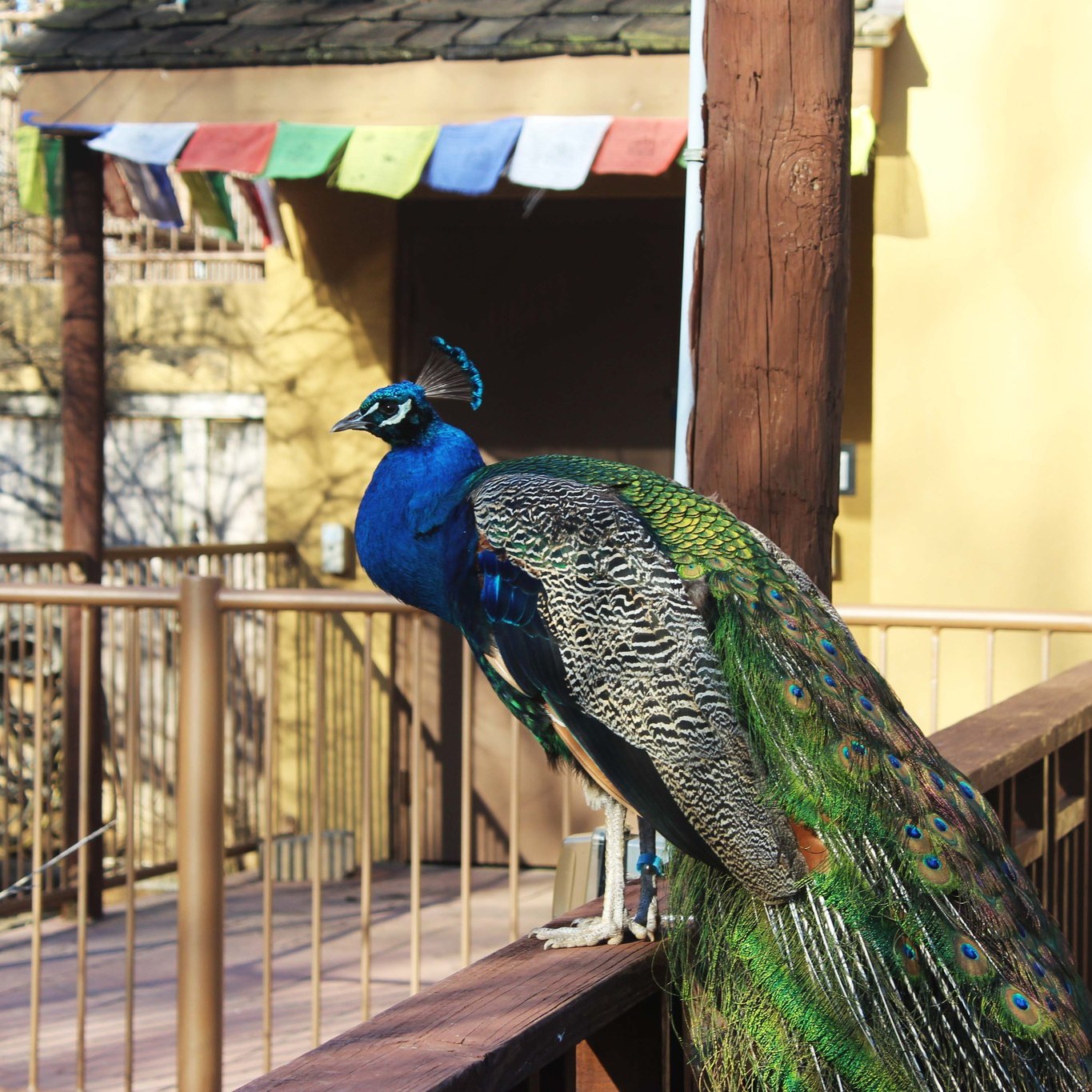- Overview of the peacock’s escape and Zoo’s response
- Background on peafowl behavior and characteristics
- Insights into Zoo management and peafowl care
- Importance of public assistance in locating the peacock
- Conservation and educational role of zoos
The recent escape of a peacock from Zoo grounds has captivated attention and highlighted crucial aspects of animal management and public involvement. The episode began when two peacocks left the boundaries of the Zoo. One was swiftly recovered, while the other remains at large. This article delves into the intricate details of this incident, providing insight into peafowl behavior, Zoo management strategies, and the importance of public engagement.
Peafowl, including peacocks and peahens, are known for their striking beauty and vibrant plumage. Native to parts of India and Sri Lanka, these birds have adapted well to diverse habitats. Their ability to thrive in varied climates makes them a popular attraction in many zoos worldwide. However, their free-roaming nature at the Zoo—where they’ve been allowed to wander for nearly four decades—contributes to occasional challenges in managing their movements.
Understanding peafowl behavior is crucial. These birds are generally docile but can become stressed when they find themselves in unfamiliar environments. Peacocks, with their impressive tail feathers used in mating displays, are particularly noticeable, making them easy targets for curious onlookers. The instinct of these birds, when faced with potential threats, is to flee. This behavior underscores the Zoo’s request for the public not to pursue the missing peacock. Instead, authorities urge anyone spotting the bird to contact their hotline at 423-697-1322.
Zoo management practices play a vital role in ensuring the well-being and safety of animals under their care. The decision to allow peafowl to roam freely within Zoo grounds is based on an understanding that these birds thrive in semi-natural settings. While perimeter fencing generally prevents them from leaving, the recent incident marks an unusual departure from standard behaviors. It’s a reminder of the unpredictability inherent in wildlife management.
In this context, the involvement of the local community becomes invaluable. Public assistance in identifying and reporting sightings can significantly aid in the safe return of the peacock. Encouraging people to actively participate in this effort without direct interference aligns public interest with conservation goals. This collaborative approach is essential for fostering a harmonious relationship between the Zoo and its visitors.
Beyond the immediate concern of locating the escaped peacock, this situation emphasizes the broader role of zoos in conservation and education. Modern zoos are not just entertainment venues; they serve critical functions in wildlife preservation and scientific research. By providing habitats for species like the peacock, zoos contribute to efforts aimed at their conservation.
Moreover, education is a cornerstone of zoos’ work. Initiatives to raise awareness about the needs and behaviors of wildlife, showcased through incidents like the peacock’s escape, underscore the importance of understanding and respecting these animals. Engaging the public through educational programs enhances appreciation for wildlife and reinforces the necessity of conservation efforts.
Overall, the peacock’s adventure outside the Zoo reminds us of the delicate balance between providing enriching environments for animals and ensuring their safety. It also highlights the vital role of community cooperation in wildlife management. As the search for the missing peacock continues, it remains a testament to the complex dynamics of zoo operations and the essential connection between humans and the diverse species we strive to protect.
*****
Source Description
PSA regarding one of our peacocks!
Yesterday afternoon, two peacocks exited Zoo grounds. One was quickly brought back inside the Zoo by animal care staff, but the other traveled further away and currently has not been located. There have been some sightings, and we believe he is still nearby the Zoo. We are actively looking for the peacock, and we urge anyone who sees him to call us at 423-697-1322. Please do NOT try and pursue the peacock yourself, as this could scare him and make him run further away from the Zoo.
Our peacocks and peahens do not have specific enclosures and are free to roam Zoo grounds. Our perimeter fencing keeps them inside the Zoo, and we have not had issues with our peafowl attempting to leave the Zoo as they are kept safe here, and they get their meals here. We have allowed our peafowl to free-roam the Zoo for roughly 40 years, and we have never had a peacock leave Zoo grounds that we did not quickly recover. This is a very unusual occurrence, and we appreciate any help in determining his location as we continue our search.
Once again, please call 423-697-1322 with any information. Please do NOT try to chase or restrain the peacock yourself. Thank you for the support!


